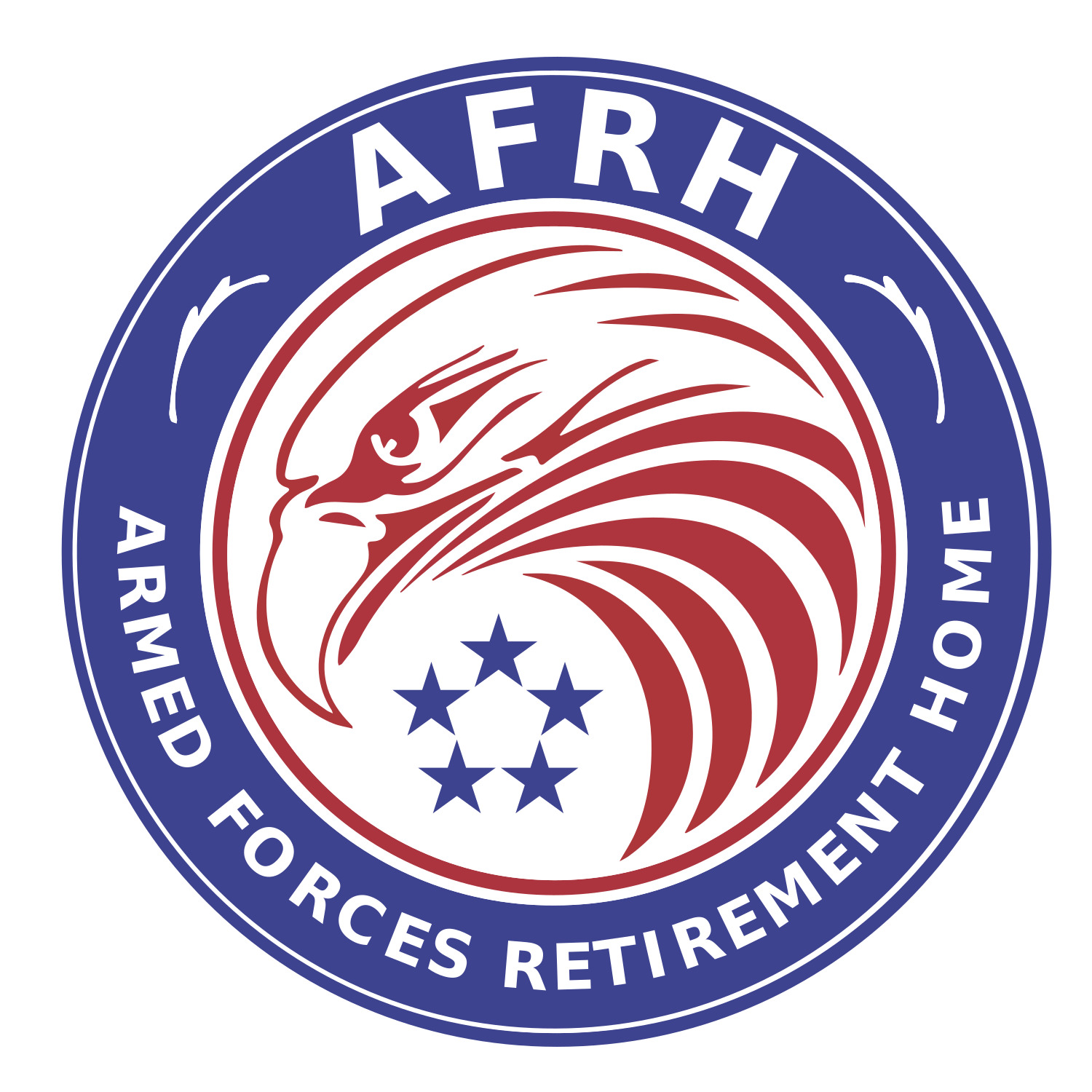AFRH-W Highlight – Melvin Becraft
By Christine Baldwin | Librarian
Melvin Becraft was born in Missouri. Both of his grandfathers and his father were railroad men, but Melvin didn’t want to follow in their footsteps. He enjoyed living in Missouri, which he considered the middle of the United States. In fact it wasn’t until Melvin was 18 that he saw the ocean. When he was a senior in high school, his onetime girlfriend asked him what he wanted to do in life. Melvin told her “I want to write one book.” He went to the University of Missouri for three years, but still didn’t know what he wanted to major in. For two of the three years, he was in the naval reserves as a midshipman. During his second year on a six week training excursion to Hawaii, the Korean War broke out. Overnight, all of the depth charges were armed. After the three years, Melvin still couldn’t decide what he wanted to do. He left school and the NROTC.
Knowing that he would be drafted, Melvin looked at the services and thought that the U.S. Air Force would be good. He went to basic training at Wichita Falls, Texas and then went to personnel school in Illinois. He was sent to Whiteman Air Base in Missouri. While there, Melvin applied for the Air Force Bootstrap Program and spent six months at Omaha, Nebraska obtaining a Bachelor degree in general education. Later, he was sent to Ben Guerir Air Base, North of Marrakech, where he met his future wife (together they had three sons). Melvin had his best assignment near Paris, France at AIRCENT Headquarters, which was part of NATO. He also got to work in Berlin, Germany during the Cold War where he made his E-8. His final assignment was at Hamilton Air Force Base, California manning reserve units in the western United States. Melvin retired in 1972 after twenty years of service.
After retirement, Melvin worked in four government jobs, all office work. Still not knowing what he wanted to do, Melvin decided to take an art class at Sonomo State University in California. He liked it so much he ended up getting a bachelor degree in studio art and got another bachelor degree in art history. In one of his classes, the professor talked about Pablo Picasso and his painting titled ‘Guernica’. He stated that no one fully understood the painting. This, then became a challenge to Melvin and he spent the next ten years finding hidden images in the work, which led to the first edition of his book published in 1983 titled Picasso’s Guernica: Images within Images. In fact, the famous author Tom Wolfe sent him a letter saying the book was “wholly original and ingenious and that all Guernica lovers should read it.” On another note, a professor from Stanford University’s Art Program said “your general writing shows tremendous energy, but it should be directed elsewhere.” Not satisfied, Melvin worked more on the book and in 1986, a second edition was put out. In 1991, Melvin got a letter from an Englishman named Mark Harris, who also had discovered hidden images in an ink drawing he had and thought it was by Picasso. This has led to a true friendship and they talk on the phone regularly. Melvin’s final edition of his book (the library at AFRH-W has a copy of it) was published this year.
Not wanting to tie down any of his sons, Melvin decided to come to AFRH-W in November of 2017.
- Log in to post comments
